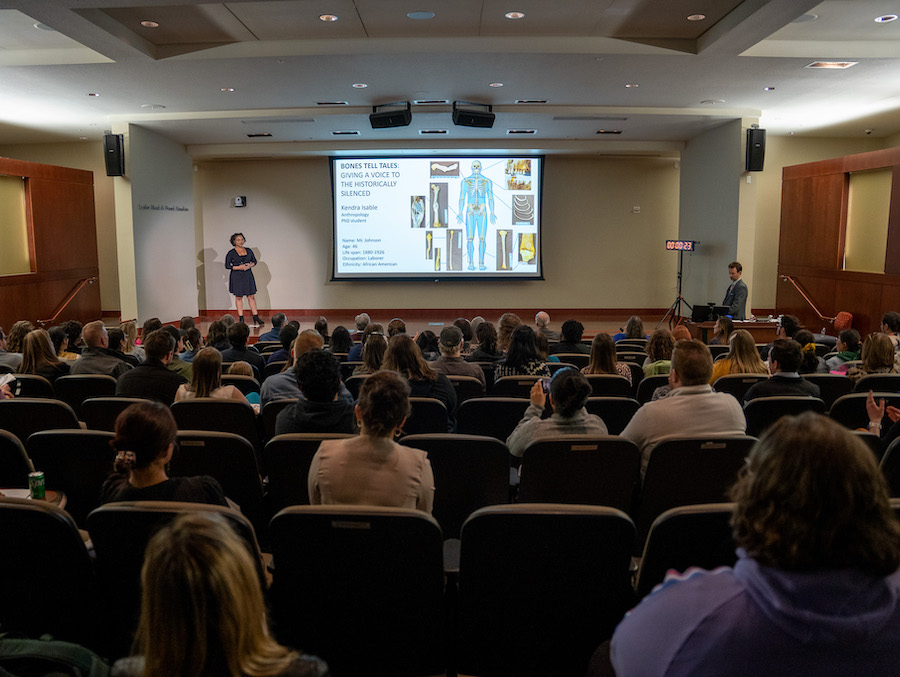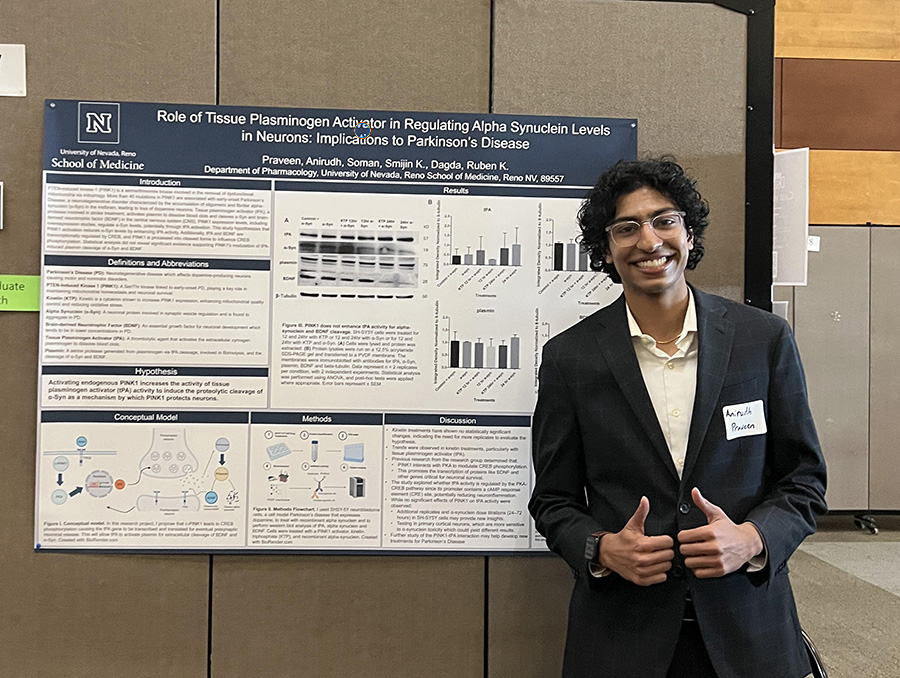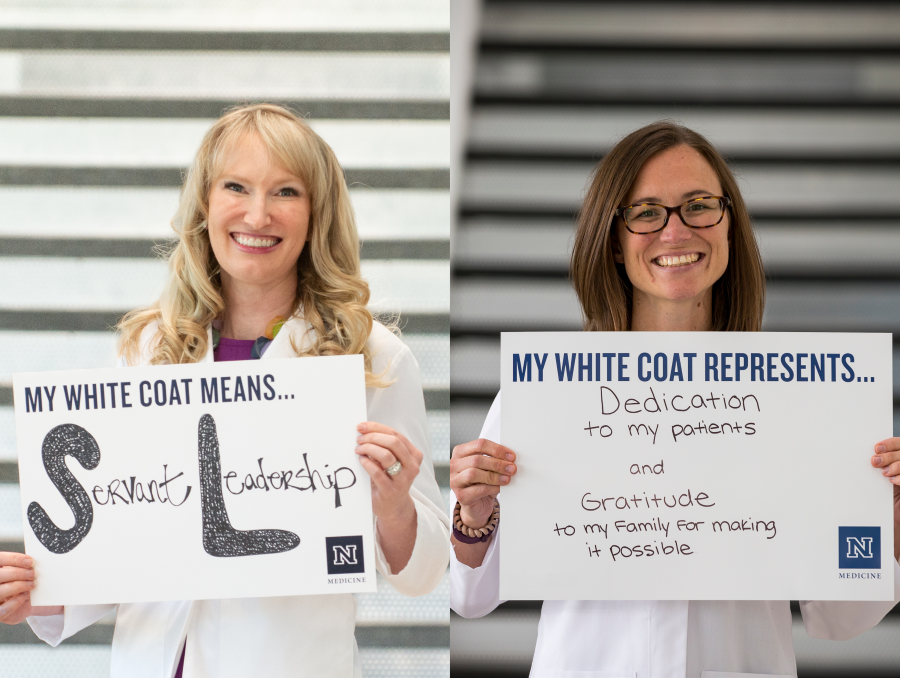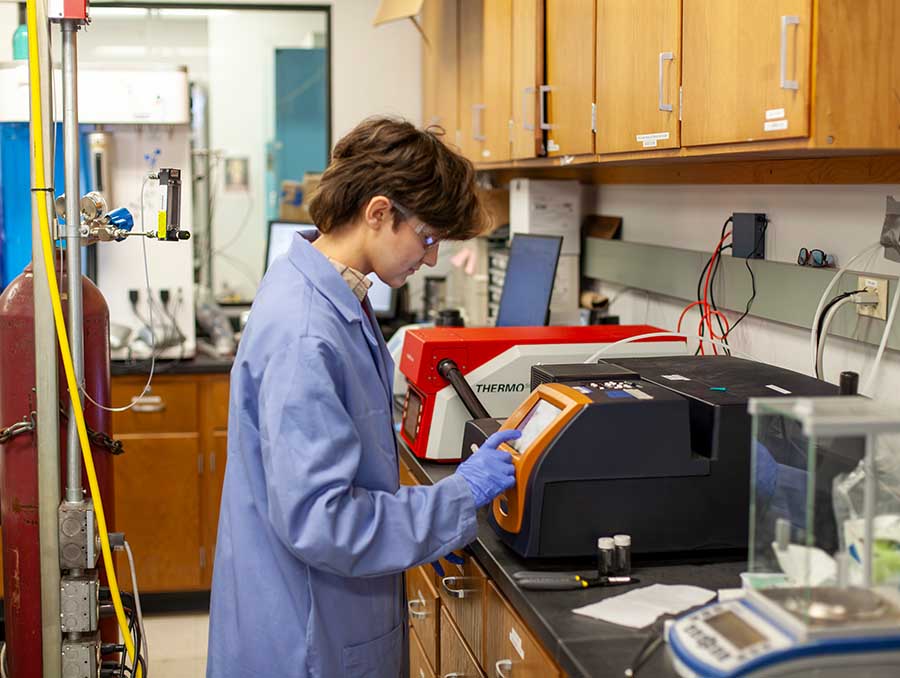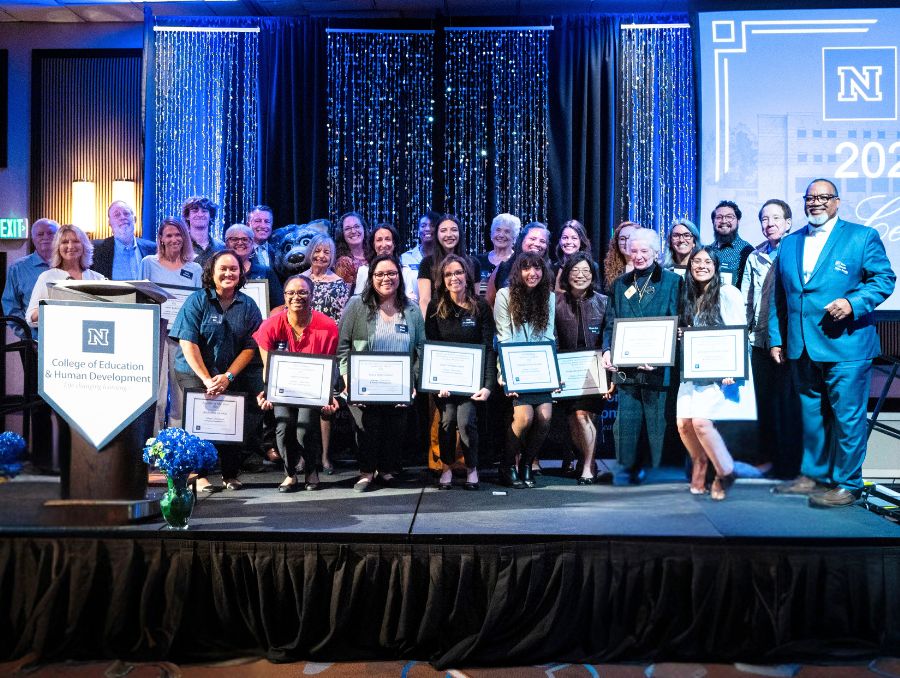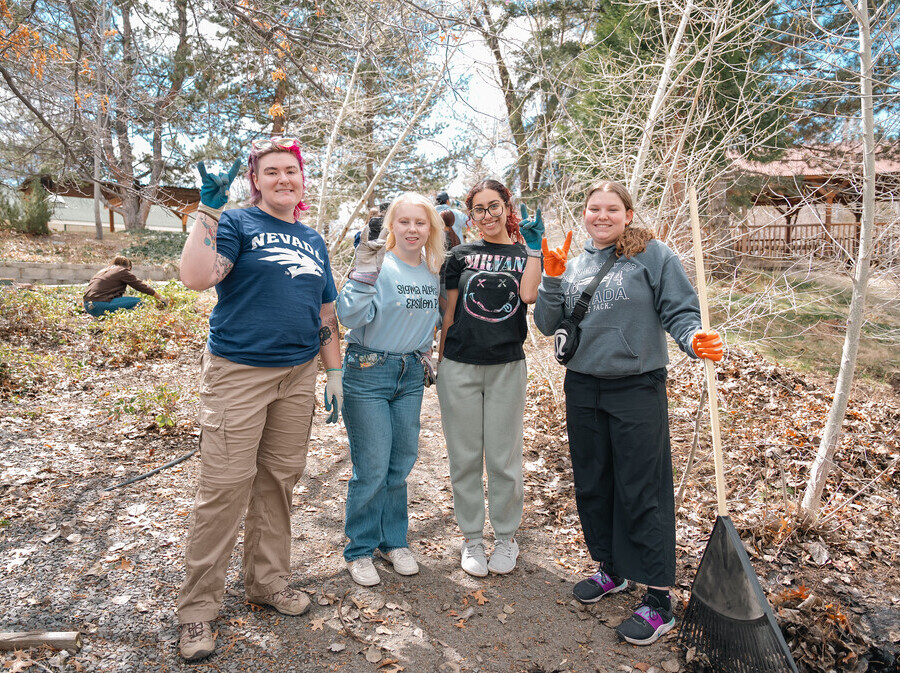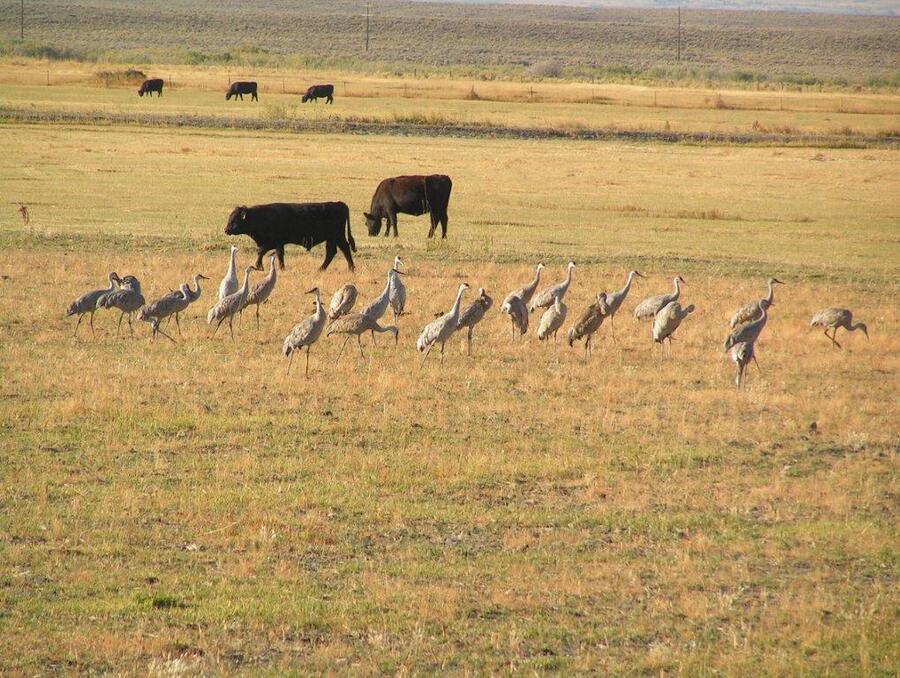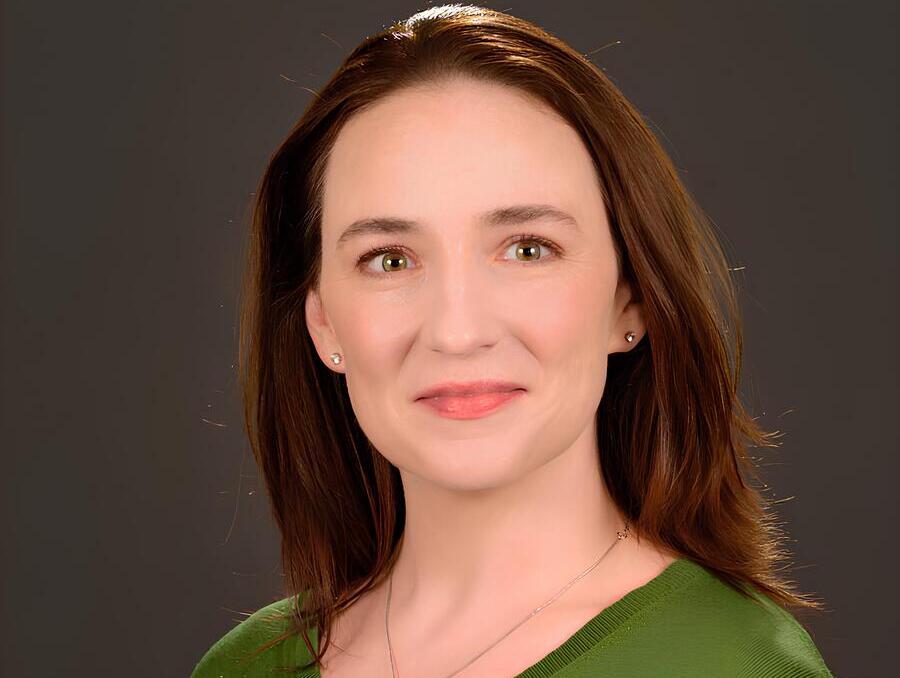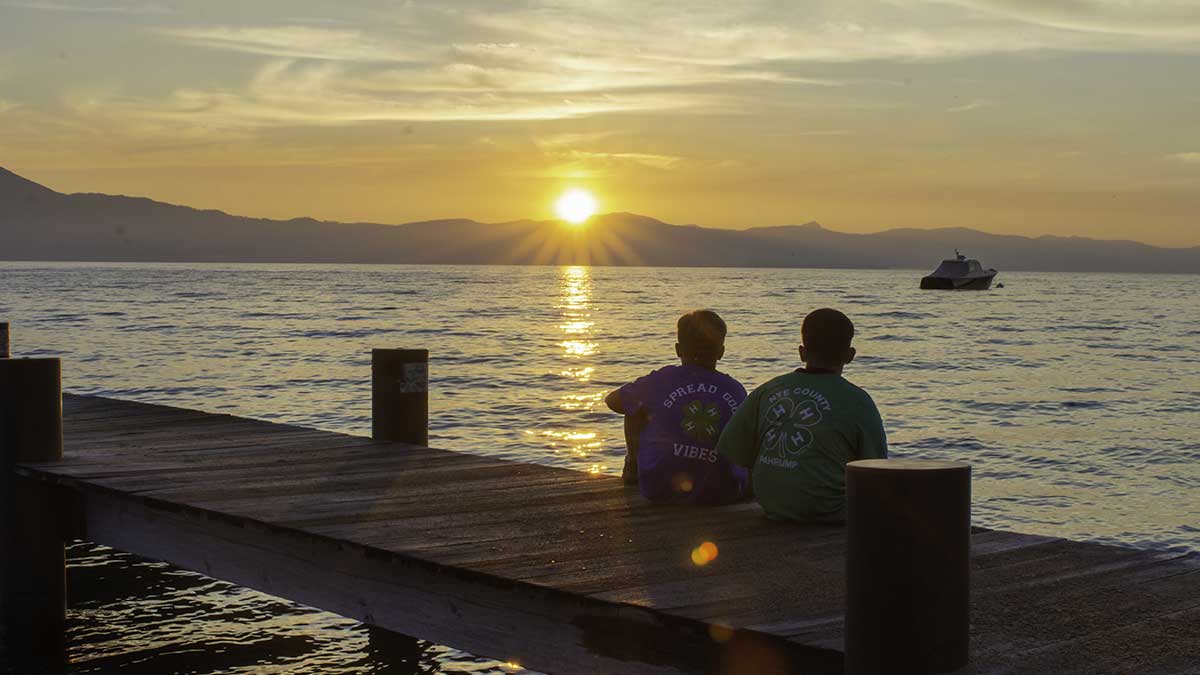Long considered the historical heart of the University of Nevada, Reno campus, the Quad is based upon the University of Virginia's quad envisioned and designed by Thomas Jefferson. The tree canopy is one of the distinguishing characteristics of this physical landmark which is so often associated with the beauty of campus.
With an eye toward preserving the beauty of the Quad and its tree canopy for future generations, a committee with representatives of faculty, staff, students and the Alumni Association joined with the Facilities Services Department last spring to explore key questions. What is the projected lifespan of the Quad's iconic elm trees? What actions should be taken today to extend their health? Should long-term planning for the next generation of trees begin?
The central finding of the effort was good news: Many of the Quad's trees have the potential to live another 100 years with proper management.
"Our Quad has been the spiritual center of the campus even though it is no longer the geographical center of the campus," Raymond Needham, coordinator of the Scheduling Services Department and chair of the University's Arboretum Board for the past eight years, said. "It's where we hold commencement; it's one of largest green spaces on campus, and our perception is that the trees have been here forever because most of them are so old. Without the trees, the Quad just simply wouldn't be the same."
The entire University campus and the Quad were designated in 1987 as a Nevada State Arboretum which recognizes the value and diversity of the flora on campus for both enjoyment and educational pursuits. In 2013 the University's Arboretum Board oversaw the commission and development of a catalogue of all the trees on campus, including the species, size, location, tree defects and hazards and pruning descriptions.
Needham also served as chair of the committee that commissioned the University of Nevada, Reno Historic Quadrangle Strategic Planning project, completed July 2013 with Design Workshop, a landscape architecture and urban design firm in Stateline, Nev. The project involved James Urban, one of the country's leading urban foresters, and the resulting report noted the catalogue of campus trees as being central to the long-term management of the Quad and its tree canopy.
Needham, along with many others, was understandably happy to learn the elms on the Quad, in particular, are doing well and are expected to continue to thrive for decades with the right care and management. Throughout the entire campus only eight trees were noted as being in precarious health.
"Safety on the Quad was a big concern," Needham said. "Conventional wisdom was that the trees were aging, and even untrained eyes like ours could see overextended branches, weeping wounds and fairly significant dropped branches during windstorms.
"We were trying to take a proactive approach and learn how long these trees might live and what we would do if their health further declined. We wanted to have a sensible plan in advance and not wait until we were in crisis mode when knee-jerk reactions might take over.
"We had about a half dozen trees that needed some attention such as special pruning, but none of them needed to be removed. The elms we thought were in the worst shape turned out to be 10 times better than we expected."
Also noted in the Quad's strategic plan was the foresight of the original designers in understanding the different soil and drainage needs of the trees and turf.
"Apparently, they brought in pretty good soil in the beginning," Needham said. "They planted cottonwoods which are native and fast-growing, then a few years later they interplanted elms, which are longer lived and look better in older age. The cottonwoods were eventually removed to give more growing space to the elms since it would have been far too crowded with all those trees."
Efforts to augment and improve the soil conditions on the Quad have been renewed in recent years with the application of an organic solution to reseed and fertilize. The strategic plan calls for continuation of this practice, which is showing to improve soil conditions. The plan further calls for pruning using newer, environmentally sensitive practices and equipment that allow the pruning plan to be determined from above, looking down or laterally into the trees, rather solely from the ground level.
The Arboretum Board and Facilities Services are partnering on another tree-friendly initiative involving a number of trees originally planted around the former Getchell Building. As part of the demolition of the Getchell Building, many trees were removed to save them. Others too big to move are cordoned off and being hand watered so they can survive any interruptions in the irrigation system due to construction.
On Saturday, April 19, five Columnar Maples that were moved from the Getchell site - each roughly 40-feet tall - were replanted on the southeast side of Lawlor Events Center.
On Arbor Day, April 25, members of the Arboretum Board and others will join together to plan a new Paw Paw tree in the vicinity of Lawlor Events Center. An Arbor Day acknowledgment is one of the requirements to achieve status as a Tree Campus USA, a designation that Marty Sillito, assistant director for grounds services, is pursuing for the University. Sillito joined the University in 2013 from Texas A&M where he led the effort to achieve Tree Campus USA status.
More on the Quad and its trees
The history of the Quad dates back to the early 1900s. When the widow of silver mining tycoon John W. Mackay of the Comstock Lode fame and his son wanted to donate a statue of Mackay that some politicians didn't want on the state Capitol grounds in Carson City, University of Nevada President Joseph Stubbs jumped in and donated a site.
In return, the Mackays agreed to finance a new mining building, the Mackay Mines Building. Today, the Mackay School of Earth Sciences and Engineering, DeLaMare Library and the W.M. Keck Museum are the centerpieces of this restored building.
Noted architect Stanford White, who had designed several buildings on the University of Virginia campus and Madison Square Garden, was hired. His intent was to create a quadrangle somewhat like Thomas Jefferson's at the University of Virginia.
At the time, University of Nevada President Joseph Stubbs requested funds "...to be spent upon the quadrangle in making cement walks, a road, a grass plot, and in planting trees. It is a difficult task to make things grow in the cement soil of campus, but by blowing out the earth and putting in new earth where the trees are planted they will grow."
The Mackay family also funded the statue of John W. Mackay, the famed Comstock Lode mining czar. The statue was created by Gutzon Borglum who carved Mount Rushmore.
On June 10, 1908, the community convened on the Quad, with its recently planted trees, to celebrate the dedication of the Mackay Mines building and the statue of John W. Mackay.
In 1987 the Nevada Quad was listed on the National Register of Historic Places and is categorized as a Jeffersonian Academic Village.
As summarized by the University of Nevada, Reno Historic Quadrangle Strategic Planning report, completed July 2013: "Each year, thousands of students graduate on the green lawns, have picnics and study in the shade of the 100-year-old elm trees. It is an important part of the University experience for students past, present and future...the Quadrangle represents a very essential area of campus."
NevadaToday

